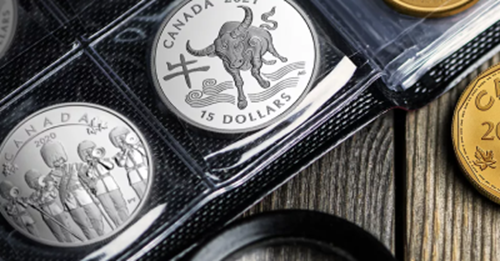Aviation Evolution: 6 RCAF Innovations Over the Past 100 Years
- Oct 10, 2024
- History
- 4 minute read
Throughout the past century, the Royal Canadian Air Force (RCAF) has been at the forefront of innovation. From groundbreaking inventions still in use today, such as the G-suit, to leading the air force into the jet age, and contributing to the evolution of flight safety, the RCAF has helped to modernize both civil and military aviation.
Keep reading to discover six ways the RCAF has innovated over the past 100 years and how it continues to innovate today.
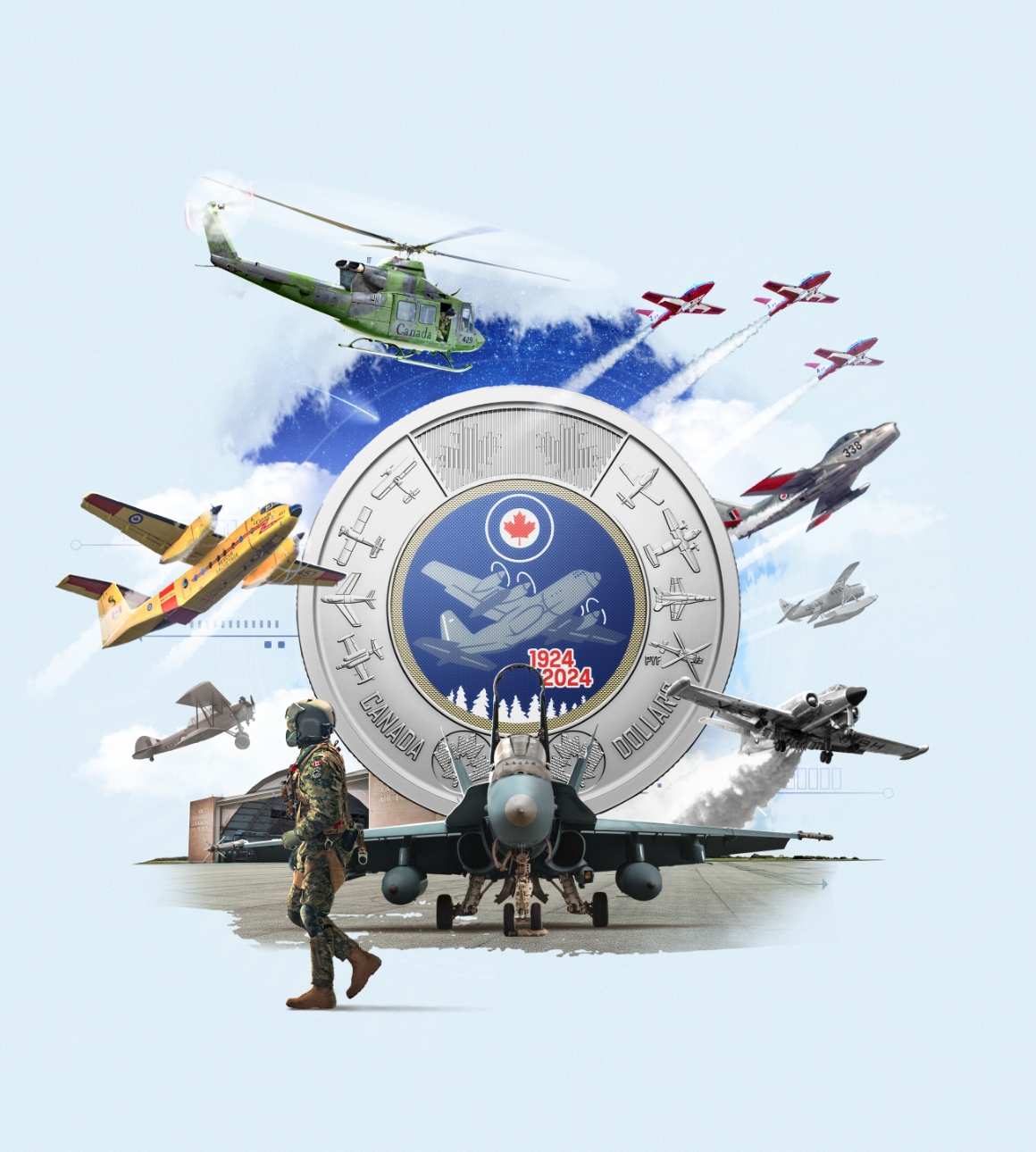

Throughout the past century, the Royal Canadian Air Force (RCAF) has been at the forefront of innovation. From groundbreaking inventions still in use today, such as the G-suit, to leading the air force into the jet age, and contributing to the evolution of flight safety, the RCAF has helped to modernize both civil and military aviation.
Keep reading to discover six ways the RCAF has innovated over the past 100 years and how it continues to innovate today.
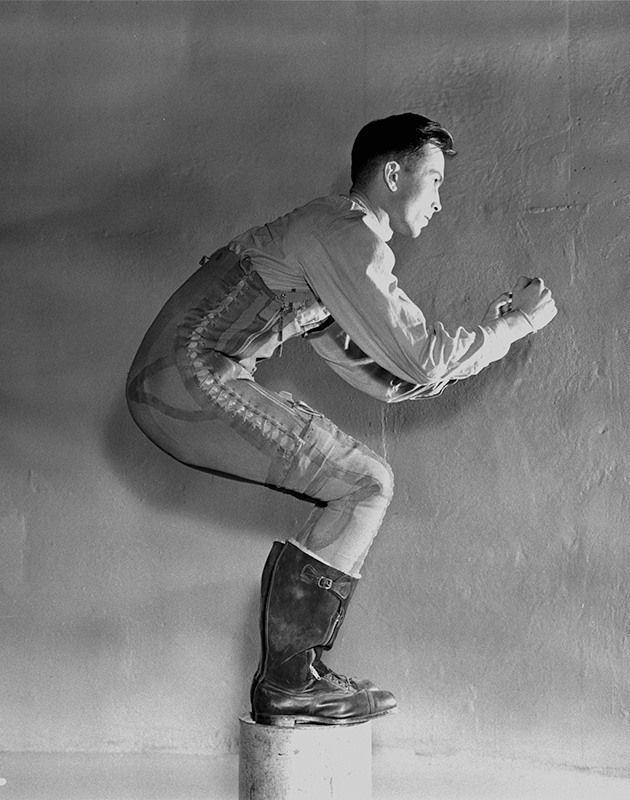
1. Franks G-Suit
One of the very first iterations of the G-suit was developed by RCAF Wing Commander Dr. Wilbur Ronding Franks, alongside Dr. Frederick Banting. Its creation was part of a larger effort to improve aviation medicine.
As fighter aircraft got faster, the risk of pilots blacking out during high-gravity manoeuvres increased. In 1939, Franks came up with the idea of using hydrostatic pressure to counter the effects of these manoeuvres on the body. His creation, the G-suit, used water to cover and squeeze the legs and abdomen to prevent too much blood from pooling and draining from the head.
Although modern G-suits use air, today’s Canadian, American, and British pilots all use a suit based off Franks’ work.
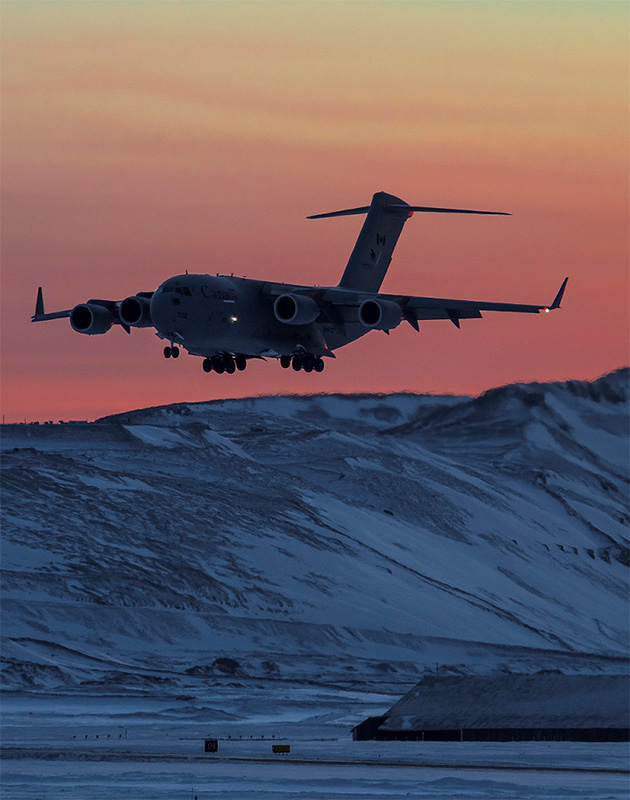
2. Greenwich Grid Overlay
During the Second World War, RCAF Wing Commander Kenneth Cecil Maclure began to develop an improved navigation system for flying in the far North. This system, the Greenwich Grid Overlay, helps navigators plot the shortest route when flying in high latitudes.
By overlaying straight lines on a polar stereographic projection (which run parallel to the Greenwich meridian), a course drawn as a straight line on this new map would be a great circle—and the shortest distance between two points. This proved very useful when traveling across the North Atlantic or North Pacific.
Today, the Greenwich Grid overlay continues to be the standard grid system for maps when navigating high latitudes.
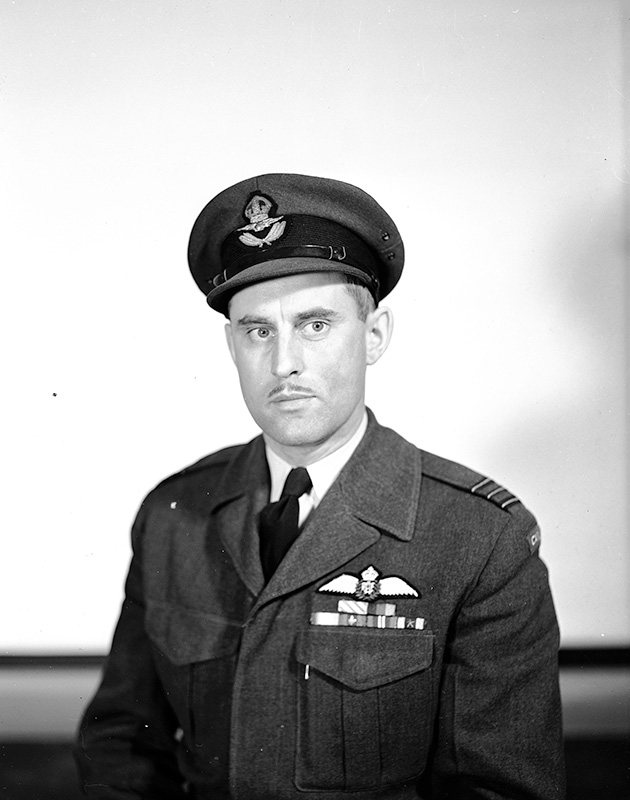
3. R Theta Navigation Computer
The R Theta was a navigation system used in high-speed aircraft. Developed in 1944 by RCAF Wing Commander Jerauld George Wright, it was the first autonomous navigation computer in the world.
It worked by calculating an aircraft’s position based on radio or radar stations, as well as the aircraft’s speed and compass headings. Reference points (like today’s GPS way points) were input into the system to help guide the pilot or navigator.
The R-Theta was used in both military and civil aircraft during long-range flights, including the CF-100 Canuck (one of the aircraft featured on our new RCAF commemorative circulation coin). The system was used into the 1970s until it was replaced by gyroscopic navigation aids, then later by satellite aids such as GPS.
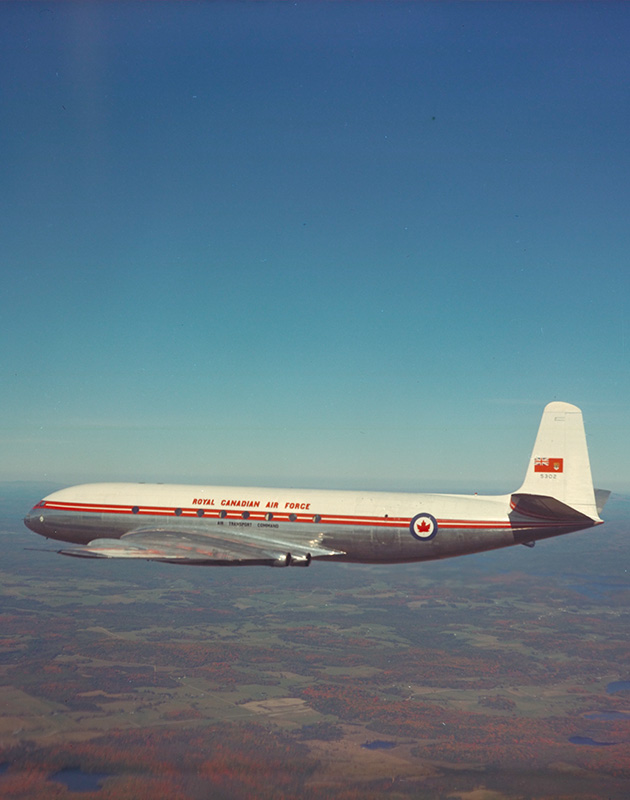
4. RCAF DH-106 Comet
In 1953, the RCAF became the first air force in the world to operate a jet transport aircraft: the DH-106 Comet. The organization was also the first operator—military or civil—to make scheduled trans-Atlantic flights by jet (operating the service twice per week). To celebrate the jet’s arrival, the RCAF brought it on a cross-Canada tour for the public to see.
The aircraft was mainly used to transport RCAF personnel between Canada and Europe, but it also carried government officials and foreign dignitaries on trips throughout Canada and overseas. RCAF Comets also participated in high altitude radar calibration and interception flights.
After a grounding in 1954 and subsequent return to service in 1957, Comets served the RCAF up until late 1963.
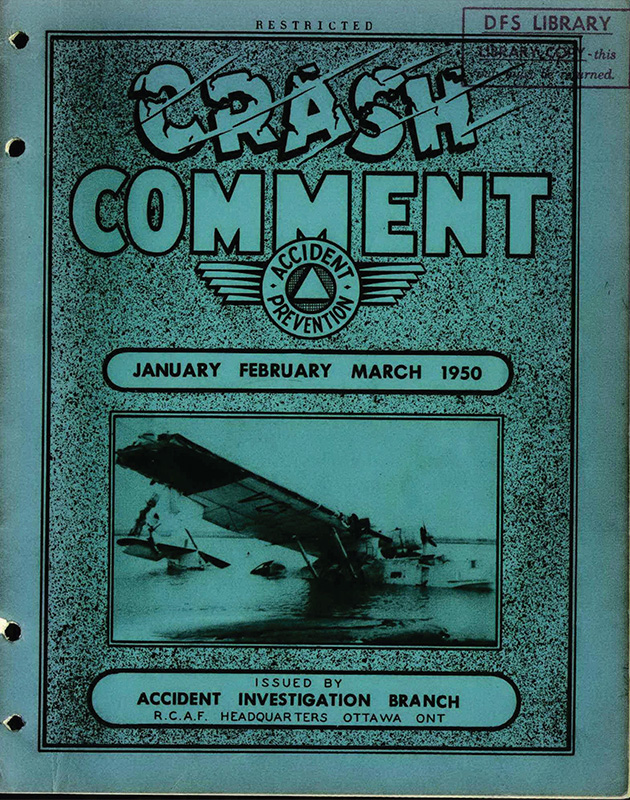
5. RCAF Flight Safety
When the RCAF was formed in 1924, the organization was responsible for all air accident investigations in Canada—until the Department of Transport took over civilian accident investigations in 1936.
In 1942, the RCAF created the Accident Investigation Branch—seemingly the first military accident investigation board in the world. Their role was to determine the cause of an accident and to generate lessons learned in hopes of reducing future occurrences. They also investigated human factors—a novelty at the time.
In the late 1940s, the RCAF began producing “Crash Comment,” a quarterly magazine about aviation accidents and what caused them. Today, “Flight Comment” (renamed in 1954) lives on as the RCAF’s official flight safety publication.
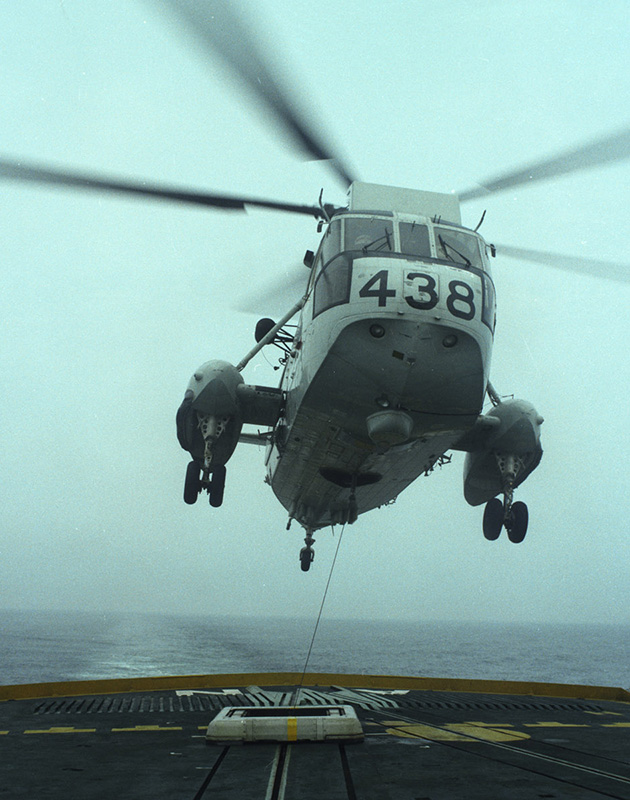
6. The Beartrap (The Helicopter Hauldown and Rapid Securing Device)
The Beartrap is a device that helps helicopters land safely on ships. Concepted by the Royal Canadian Navy’s VX-10 Experimental Squadron, it is considered Canada’s greatest contribution to the advancement of naval aviation.
First used in 1963, the Beartrap works by lowering a wire from a helicopter to pull up a heavier wire to an attachment point (called a probe) on the helicopter. Then, the heavier wire is pulled down to the ship deck where a pair of “jaws” are closed around the probe—securing the helicopter to the ship. Using the Beartrap, a helicopter can land on a ship rolling up to 30 degrees or pitching 8 degrees.
The Beartrap design is still in use today and has been adopted by navies all around the world.
Today, the RCAF continues to innovate—embracing new technologies, evolving into an integrated air and space force, and operating seamlessly with partners and allies alike.
As a tribute to the service provided by the RCAF at home and abroad, including the evolution of aviation via these innovations and inventions, we are proud to honour the organization’s centennial with our new 100ᵗʰ Anniversary of the RCAF commemorative $2 circulation coin.
--
Photos 1-6 credit: Department of National Defence
Royal Canadian Air Force intellectual property used courtesy of the Department of National Defence.
Information courtesy of and reproduced with permission from the Royal Canadian Air Force.


